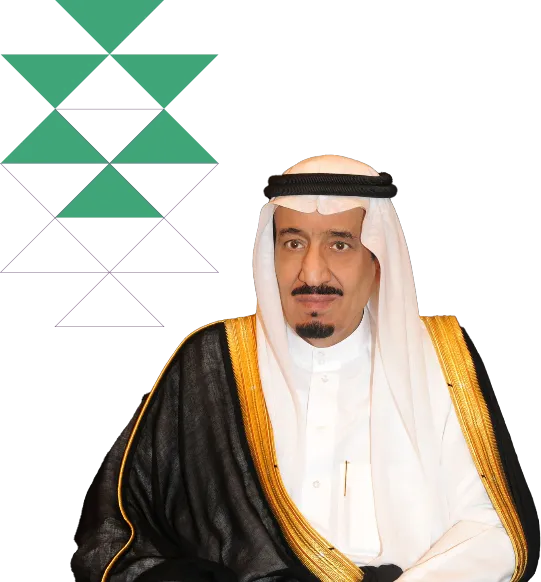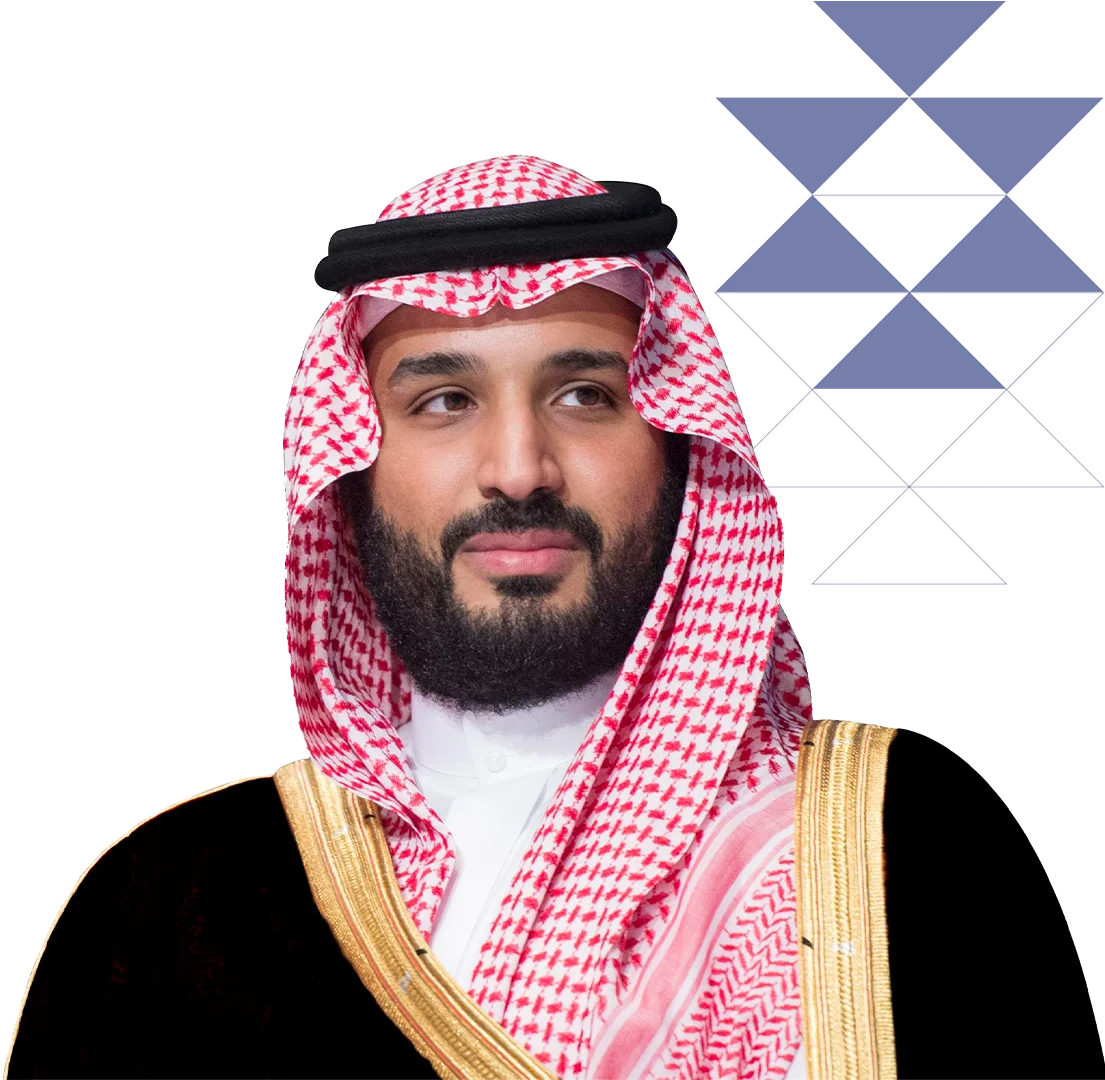“
هدفي الأول أن تكون بلادنا نموذجاً ناجحاً ورائداً في العالم على كافة الأصعدة، وسأعمل معكم على تحقيق ذلك.
”
خادم الحرمين الشريفين الملك سلمان بن عبدالعزيز آل سعود
“
نستهدف أن تكون الرياض من أميز المدن في العالم في جودة الحياة والسياحة والخدمات بشكل أو بآخر.
”
صاحب السمو الملكي الأمير محمد بن سلمان بن عبدالعزيز
ولي العهد، رئيس مجلس الوزراء، رئيس مجلس إدارة الهيئة الملكية لمدينة الرياض
اختصاصات الهيئة ومهامها
يأتي تأسيس الهيئة الملكية لمدينة الرياض انطلاقاً من توجيهات خادم الحرمين الشريفين بإنشاء سلطة مشتركة تتمتع بالشخصية الاعتبارية والاستقلال المالي والإداري، تتولى مسؤولية التطوير الشامل لمدينة الرياض، بأبعاده الحديثة في إدارة وتطوير المدن الكبرى، وقيادة موحّدة لأعمال التطوير لدى جميع الجهات العاملة في المدينة.
اكتشف المزيدالبرامج و المشاريع
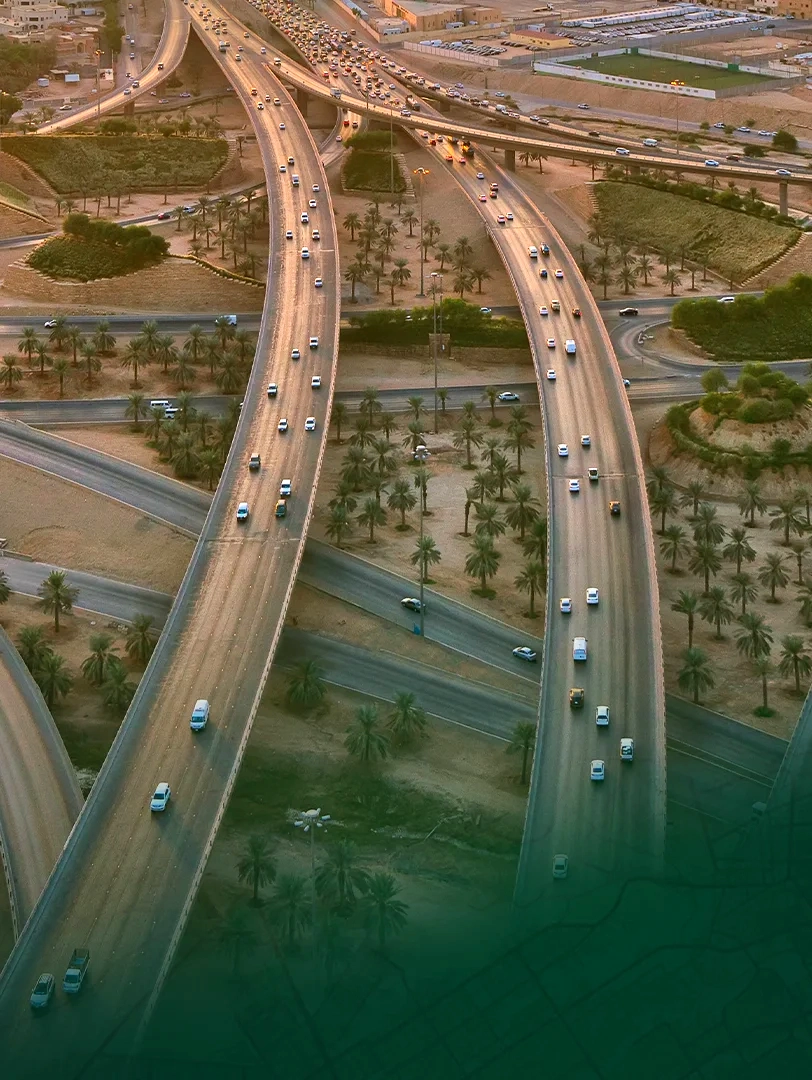
برنامج تطوير محاور الطرق الدائرية والرئيسية
نحو شبكة طرق أكثر كفاءة واستدامة في إطار تعزيز منظومة النقل في مدينة الرياض، وتهيئتها لتكون مركزاً رئيساً في تقديم خدمات النقل المستدام والخدمات اللوجستية في منطقة الشرق الأوسط. أطلق صاحب السمو الملكي الأمير محمد بن سلمان بن عبدالعزيز، ولي العهد رئيس مجلس الوزراء رئيس مجلس إدارة الهيئة الملكية لمدينة الرياض، -حفظه الله- برنامج تطوير […]
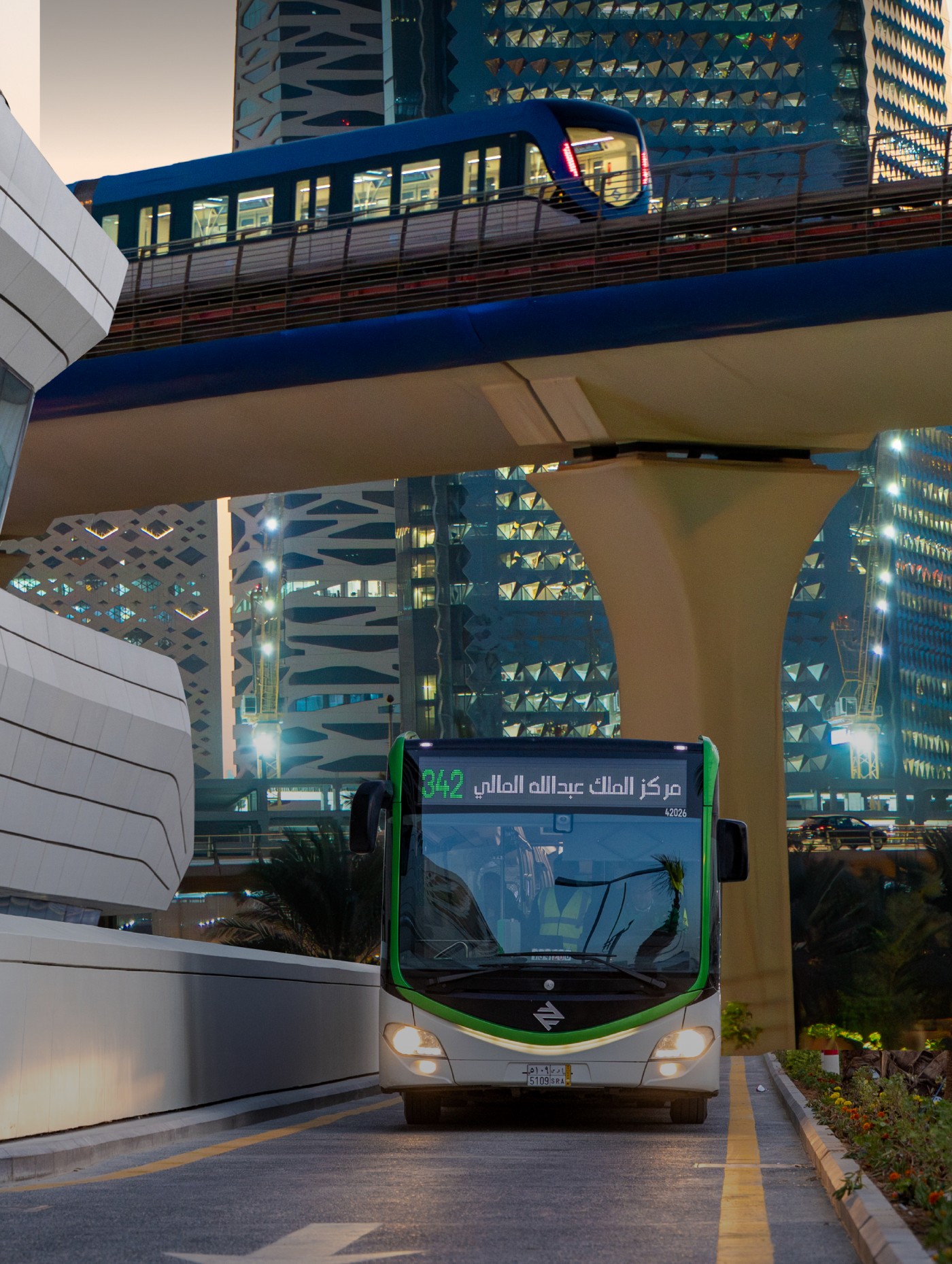
مشروع الملك عبدالعزيز للنقل العام بمدينة الرياض
يُمثل مشروع الملك عبدالعزيز للنقل العام بمدينة الرياض أحد البرامج الطموحة التي وضعتها ونفذتها الهيئة الملكية لمدينة الرياض لتوفير حلول متكاملة للنقل العام في العاصمة وتزويد سكان المدينة وزوراها بخدمات نقل عام مناسبة تلبي احتياجاتهم الحالية والمستقبلية. يهدف المشروع إلى بناء وتشغيل شبكة نقل عام سريعة وفق أحدث التقنيات العالمية، مما يوفر للسكان خيارات تنقّل […]
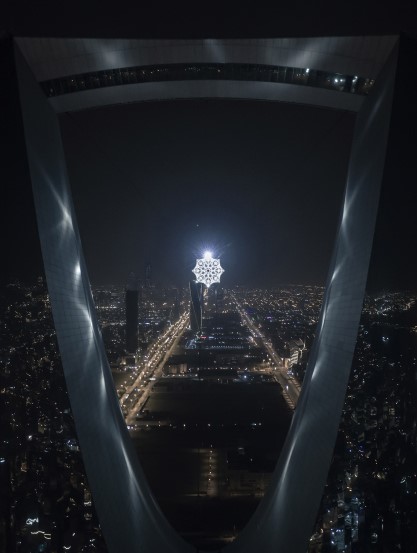
برنامج الرياض آرت
يعد «الرياض آرت» أحد مشاريع الرياض الأربعة الكبرى التي أطلقها خادم الحرمين الشريفين الملك سلمان بن عبدالعزيز، أيده الله، يوم الثلاثاء 12 رجب 1440هـ، الموافق 19 مارس 2019م، بمبادرة من صاحب السمو الملكي الأمير محمد بن سلمان بن عبدالعزيز، ولي العهد رئيس مجلس الوزراء – حفظه الله – للمساهمة في تحقيق أحد أهداف «رؤية السعودية […]
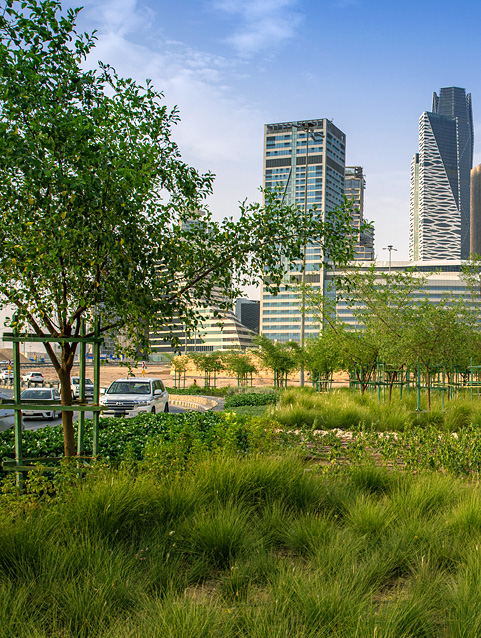
برنامج الرياض الخضراء
يعد برنامج ”الرياض الخضراء“ أحد أكبر مشاريع التشجير الحضري طموحاً في العالم، وأحد مشاريع الرياض الأربعة الكبرى التي أطلقها خادم الحرمين الشريفين الملك سلمان بن عبدالعزيز، أيده الله، يوم الثلاثاء 12 رجب 1440هـ (19 مارس 2019م) بمبادرة من صاحب السمو الملكي الأمير محمد بن سلمان بن عبدالعزيز، ولي العهد رئيس مجلس الوزراء – حفظه الله […]
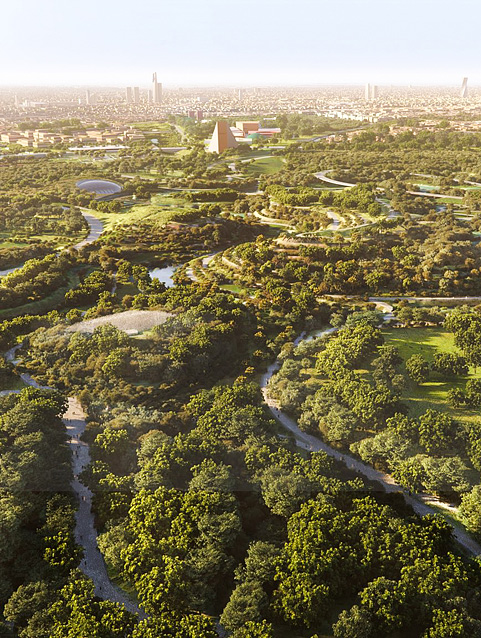
مشروع حديقة الملك سلمان
مشروع حديقة الملك سلمان هو أحد مشاريع الرياض الأربعة الكبرى التي أطلقها خادم الحرمين الشريفين الملك سلمان بن عبدالعزيز، أيده الله، يوم الثلاثاء 12 رجب 1440هـ الموافق 19 مارس 2019م، بمبادرة من صاحب السمو الملكي الأمير محمد بن سلمان بن عبدالعزيز ولي العهد رئيس مجلس الوزراء، بهدف المساهمة في تقديم خيارات متنوعة رياضياً وثقافياً وفنياً […]
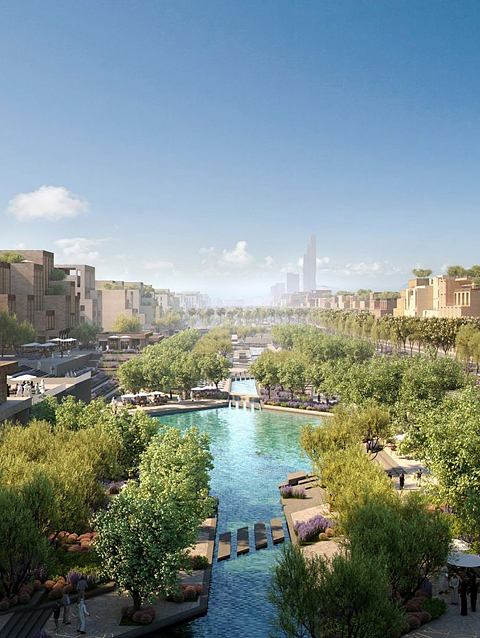
مشروع المسار الرياضي
يعد مشروع المسار أحد المشاريع الكبرى لمدينة الرياض التي أطلقها خادم الحرمين الشريفين الملك سلمان بن عبدالعزيز -أيده الله- بتاريخ 12 رجب 1440هـ الموافق 19 مارس 2019م، ويرأس مجلس إدارته صاحب السمو الملكي الأمير محمد بن سلمان بن عبدالعزيز، ولي العهد رئيس مجلس الوزراء، – حفظه الله -، ويأتي في إطار تحقيق أحد أهداف “رؤية […]
أحدث
الأخبار
الهيئة الملكية لمدينة الرياض تستضيف الخبير العالمي ريكاردو هاوسمان في برنامج علمي حول تنويع الاقتصاد وتطوير سياسات المدن النامية
استضافت الهيئة الملكية لمدينة الرياض البروفيسور ريكاردو هاوسمان الخبير الاقتصادي العالمي، ومؤسس ومدير مختبر النمو بجامعة هارفارد، في إطار برنامج علمي يهدف إلى تعزيز التعاون بين الهيئة والجامعة في مجال تنويع الاقتصاد، وتطوير السياسات للمدن النامية، ودعم جهود بناء شراكات علمية فاعلة مع المؤسسات الأكاديمية العالمية المتميِّزة. وتضمَّن البرنامج مشاركة البروفيسور هاوسمان في ندوة […]
اقرأ المزيدالهيئة الملكية لمدينة الرياض تعلن حصول العاصمة على شهادة «المدينة النشطة عالمياً»
أعلنت الهيئة الملكية لمدينة الرياض عن حصول العاصمة على شهادة «المدينة النشطة عالميَّاً» (Global Active City)، لتصبح أول مدينة في الشرق الأوسط تنال هذا التصنيف، وذلك نظير إنجازاتها في تعزيز أنماط الحياة الصحية، والنشاط البدني، والرفاهية المجتمعية للجميع. وأوضح معالي المهندس إبراهيم بن محمد السلطان الرئيس التنفيذي للهيئة الملكية لمدينة الرياض أنَّ هذا الإنجاز […]
اقرأ المزيدالهيئة الملكية لمدينة الرياض: انضمام العاصمة لشبكة اليونسكو لمدن التعلُم العالمية تأكيد لدورها في بناء مجتمع معرفي يتفاعل مع المستقبل
انضمَّت مدينة الرياض إلى الشبكة العالمية لمدن التعلُّم التابعة لمنظمة اليونسكو، وهي منصَّة دولية تجمع بين التعليم، والثقافة، والبيئة، وتدعم إدماج القضايا الاجتماعية والبيئية في المناهج الدراسية، وتوسيع فرص التعلم لجميع الفئات العمرية، في مختلف البيئات: المدارس، والجامعات، والمجتمعة، وتُعنى بتعزيز مفاهيم التعليم والتعلم مدى الحياة في المدن حول العالم. وبيَّنت الهيئة الملكية لمدينة […]
اقرأ المزيد“الرياض الخضراء” تُعلن بدء أعمال تنفيذ متنزه ظهرة نمار
أعلنت الرياض الخضراء، التي تشرف عليها الهيئة الملكية لمدينة الرياض، بدء أعمال تنفيذ متنزه ظهرة نمار، حيث انطلقت الأعمال الإنشائية في المشروع الذي يمتدُّ بطول 35 كيلومترًا، وعلى مساحة 2.45 مليون متر مربع في جنوب غرب مدينة الرياض, ويمرُّ المتنزه بستة أحياء هي: طويق، والعوالي، وشبرا، والسويدي الغربي، والحزم، ونمار. ويعد الرياض الخضراء أحد […]
اقرأ المزيدالهيئة الملكية لمدينة الرياض تعلن نتائج القرعة الإلكترونية لمنصة التوازن العقاري
ضمن خطوات إنفاذ التوجيهات الكريمة من صاحب السمو الملكي الأمير محمد بن سلمان بن عبدالعزيز، ولي العهد رئيس مجلس الوزراء –حفظه الله– باتخاذ الإجراءات اللازمة لتحقيق التوازن في القطاع العقاري في مدينة الرياض، ومنها قيام الهيئة الملكية لمدينة الرياض بالعمل على توفير أراضٍ سكنية مخططة ومطورة للمواطنين؛ أعلنت الهيئة اليوم عن صدور نتائج القرعة […]
اقرأ المزيد